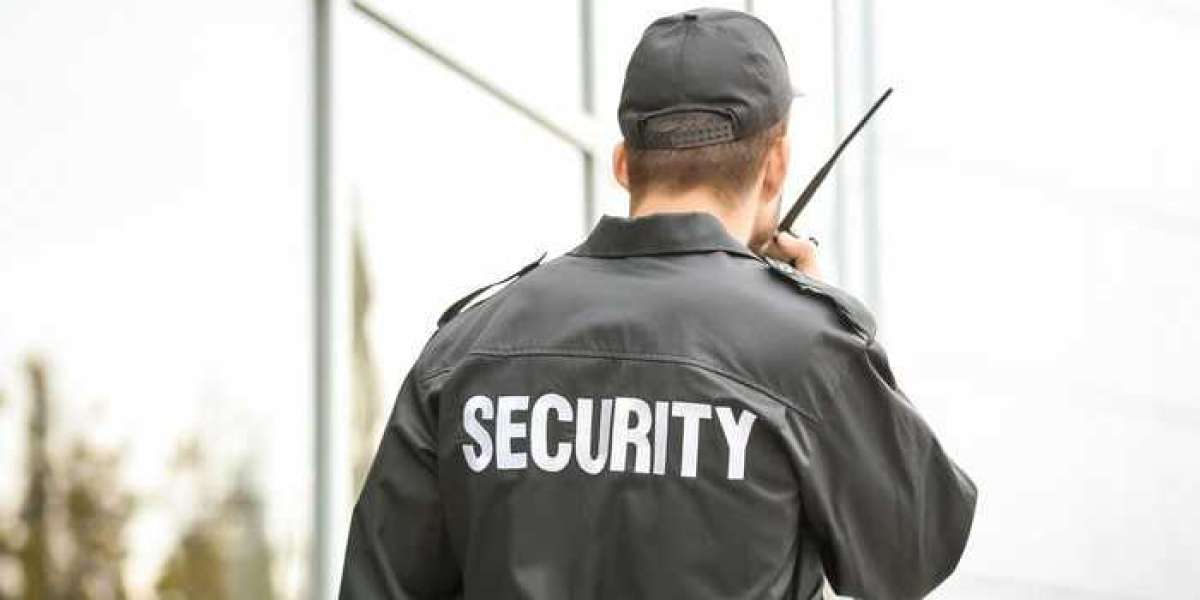In today’s world, high-density environments, such as stadiums, concert venues, transportation hubs, and shopping malls, present unique challenges for security personnel. The high volume of individuals in close quarters raises the risk of crowd-related incidents, from medical emergencies to large-scale threats. Security teams must be equipped with comprehensive crisis management strategies to maintain order and ensure safety during emergencies. This article explores essential aspects of crisis management for security personnel working in these high-density spaces, providing insights into preparation, rapid response, and continuous improvement.
Understanding the Dynamics of High-Density Environments:
High-density environments are spaces where large numbers of people gather, often with restricted space and multiple points of entry and exit. These settings pose particular challenges, as the high volume of individuals can cause bottlenecks, making it difficult for security personnel to move quickly. Additionally, the crowd's behavior can shift rapidly, especially in the face of panic or perceived threats. Security personnel need to understand the psychological and physical dynamics of these environments to mitigate risks effectively.
Crowd dynamics are also influenced by factors such as the purpose of the gathering, time of day, and even the crowd's demographics. For example, sporting events may attract passionate fans who are more likely to exhibit strong emotional reactions. Similarly, venues like airports have individuals who are often under stress or time constraints, which can influence crowd reactions to disruptions. Recognizing these variables allows security guards to anticipate challenges and prepare appropriate response protocols.
Preparedness: Building a Crisis Management Plan:
Effective crisis management in high-density environments begins with a detailed and flexible crisis management plan. This plan should be tailored to the specific environment and the types of emergencies that may arise, from medical incidents and crowd surges to active threats. Key components include risk assessment, resource allocation, communication channels, and training programs for all personnel involved.
A thorough risk assessment is the foundation of the crisis management plan. By identifying potential hazards and assessing their likelihood and impact, security teams can prioritize resources accordingly. Resource allocation should ensure adequate personnel coverage, with specific roles assigned for incident response, crowd control, and evacuation. Additionally, communication channels must be robust, allowing security personnel to relay information to each other and coordinate with external agencies if necessary.
Training and Simulation Exercises for Security Personnel:
Training is crucial for equipping security personnel with the skills needed to respond effectively in high-density environments. Security teams should undergo regular drills and simulation exercises to practice response protocols for various scenarios. These exercises should cover everything from basic first aid and de-escalation techniques to complex evacuation procedures and active threat scenarios.
Simulation exercises provide a realistic environment in which personnel can practice their skills and identify potential areas for improvement. These drills should involve not only security staff but also other stakeholders, such as venue management, local law enforcement, and medical response teams. This collaborative approach ensures that all parties understand their roles and can work together seamlessly in a crisis. Additionally, training programs should emphasize situational awareness, enabling security personnel to detect early signs of potential threats or incidents.
Communication and Coordination During a Crisis:
In high-density environments, communication is one of the most critical elements of crisis management. When an emergency arises, security personnel must communicate quickly and effectively to prevent misinformation and manage the situation. Clear communication not only assists in coordinating a response but also helps to calm the public and prevent panic.
Security teams should use both verbal and non-verbal communication techniques. Verbal communication involves announcing instructions, guiding individuals, and providing regular updates as the situation unfolds. Non-verbal communication, such as hand signals and body language, can also be useful in noisy environments where verbal communication may be challenging. Furthermore, security teams should establish reliable communication systems, such as radio networks or mobile applications, to ensure that information flows quickly among team members and with external agencies.
Crowd Control Techniques:
Crowd control is a significant responsibility for security personnel in high-density environments, particularly during an emergency. An uncontained crowd can exacerbate the crisis, leading to injuries and even fatalities. Effective crowd control techniques, therefore, are essential to managing large groups and guiding them to safety.
One effective technique is establishing clear pathways for evacuation. Security personnel should create and maintain unobstructed routes that allow individuals to exit the venue safely. Barricades, signage, and personnel positioning are vital tools in directing crowd movement. Additionally, security staff should be prepared to employ de-escalation techniques to calm agitated individuals, reducing the risk of panic-induced behaviors. Techniques such as speaking in a calm, assertive tone and making eye contact can help defuse potentially volatile situations.
Psychological Aspects of Crisis Management:
Security personnel must also be aware of the psychological dynamics at play in high-density environments, particularly during a crisis. Fear and anxiety are natural reactions in emergencies, and crowd behavior can quickly turn chaotic if individuals perceive imminent danger. Security teams trained to recognize signs of panic and de-escalate tension can play a vital role in maintaining order.
Psychological strategies, such as providing reassurance and clear instructions, can help alleviate the crowd’s stress and foster a sense of control. For instance, instead of simply instructing people to "evacuate immediately," providing information such as "Please follow this route calmly; there is no immediate danger" can reduce the likelihood of panic. Additionally, security personnel should be trained to manage their stress levels, as calm and composed leadership can have a positive effect on crowd behavior.
Collaborating with External Agencies:
In a high-density environment, security personnel often rely on collaboration with external agencies, including law enforcement, medical response teams, and local authorities. Building strong relationships with these agencies before a crisis occurs is essential for coordinated and effective response efforts.
Collaboration begins with joint planning sessions, where roles and responsibilities are defined. During a crisis, security personnel may need to defer certain responsibilities to specialists, such as bomb squads or paramedics, while continuing to focus on crowd security management and scene security. Having established protocols and open communication channels with these agencies allows security teams to seamlessly integrate their efforts, ensuring a faster and more effective response.
Post-Crisis Review and Improvement:
Following any crisis, a post-crisis review is essential for continuous improvement. Security personnel should conduct a thorough analysis of the response, identifying strengths and areas for improvement. This debriefing process should involve all stakeholders and include reviewing incident reports, assessing the effectiveness of communication, and evaluating crowd management strategies.
Post-crisis reviews can also highlight gaps in training, allowing security teams to adapt their programs to better prepare for future incidents. Additionally, implementing lessons learned into crisis management plans and conducting follow-up training can enhance the readiness of security personnel for future challenges.
Final Thought:
Crisis management in high-density environments demands a multifaceted approach. Security personnel must be prepared, trained, and equipped to handle a range of potential scenarios, from medical emergencies to large-scale threats. By understanding the dynamics of high-density environments, establishing clear crisis management protocols, and continuously refining their skills through training and collaboration, security teams can protect lives and maintain order even in the most challenging situations.







